- Passive Housing
- Posted
Opinion

September last saw the launch in Croke Park of the Passive House Association of Ireland (PHAI), a body that aims to promote the passive house concept in Ireland. The principles of passive house evolved through the design of super-insulated buildings in Canada and the USA in the early 1970s. Subsequently, research carried out by Dr Wolfgang Feist and colleagues at the Passive House Institute in Darmstadt, Germany gave rise to the first monitored passive house project in 1991. Since then over 30,000 examples of passive house buildings, of all types, have been constructed globally.
The mission statement of the PHAI is to “promote, educate, facilitate and develop a strong identity, understanding and demand for the passive house concept of design and construction”. The association aims to attract both corporate and individual memberships from across the entire spectrum of construction activity — including also manufacturing, design, and consultancy services.
The voluntary commitment that goes toward the formation of such an association gives rise to many introspective questions. Is it opportune at this time to promote such a design methodology? What are the current impediments to the adaptation of such an approach? What are the potential commercial benefits for companies from its adaptation? These are the themes of this article and they reflect one overriding subtext: quality.
A key tenet of passive house design is 'fabric before technology', the idea that one should build to a high standard first before investing money in alternative technologies that often just compensate for, and disguise, the initial shoddy construction.
Building to a high standard requires dedication to quality of design, quality of construction and quality of services installation. This is not necessarily an attitude that has been nurtured within the construction industry. Innovative low energy design quality requires a vibrant collegiate attitude, dedicated to long term aims and lifecycle strategies.
Good buildings are all alike, but every bad building is bad in its own way. The efficiency by which the passive house approach produces good buildings lies in its conceptual rigor, relative to a number of key low-energy technical strategies. These include the optimum use of the site’s orientation, the high thermal performance of the envelope, the quality of the internal air environment and the intelligent use of sustainable energy generation. All of these variables are balanced out through the proprietary Passive House Planning Package (PHPP) software, which is the key design and verification tool for passive house buildings.
These aspects of design require knowledge — of physics, of materials, and of how our buildings are used. Undoubtedly if the knowledge economy is to manifest itself within the construction industry, it will do so through methodologies such as passive house. But as knowledge brings responsibility, so a knowledge economy must also be a responsible economy. Ireland has already set out its own intentions in this regard through its aim of reducing its carbon emissions to 20% of 1990 output by 2050. Such a responsibility will have profound implications for the way we commission, design and construct new buildings, and retrofit our existing stock.
Maybe we just need to grow up. Research shows that an adolescent’s ‘aspirations’ determine unerringly their eventual occupational status many years later. So if Ireland is still in effect an adolescent nation, what are our aspirations? What status do we aspire to on the world stage? We have had our reckless fling with money and our subsequent tantrum — when are we going to accept the responsibilities of an adult nation?
Within the actuality of these responsibilities lie the answers to our ‘introspective questions’ referenced above. We must design buildings for low energy usage now. We cannot wait. We can do this in the context of the building skills and technologies common in Ireland, as passive house is a design and construction protocol rather than a specific building method. Finally our manufacturers in particular can (if they take on board the technical requirements of the passive house standard) create worldwide export markets for their products.
What these answers also predicate is a fundamental reappraisal of our attitude to quality within the construction industry. How would our motivations and intentions alter were quality to be the corner stone of what we build? What mature, post adolescent, public policies would evolve from such intent? Tax might be reduced on all proven low energy materials and products. Tax incentives would be offered for ‘carbon plus’ construction. Financing for Nama properties should be proportional to their authentic sustainability profile. Low cost mortgage finance would be offered for energy upgrades. Local authorities would receive decentralised funding proportional to their achieved sustainability goals. Public buildings would be determinedly and demonstratively low energy. Waste would be taxed significantly. Aviation fuel would be taxed. Such motivation and intent is everything. Aristotle said: “We do not act rightly because we have virtue or excellence, but we rather have those because we have acted rightly.”
In all of this regard the passive house standard is a significant stop along the way. It can facilitate an attitude of quality within the Irish construction industry. It can direct design intentions away from frivolity and image-driven sales brochure morass back to the building qualities that really matter: sustainability, comfort, low energy design and end-user enjoyment.
The PHAI hopes to act as a forum and local source of knowledge that will make passive house design easier for all, and at a practical cost. The more work that is done together in this area by builders, architects and engineers, the more we will ensure a ready availability of experience, products and data which will push passive house into the mainstream. I have no doubt that within five years it will be the only game in town.
The Passive House Association of Ireland is based at the Greenhouse, 17 St Andrew Street, Dublin 2, and may be contacted at This email address is being protected from spambots. You need JavaScript enabled to view it. and www.phai.ie .
- Articles
- Passive Housing
- Opinion Passive House
- Passive House Association of Ireland
- Martin
- Murray
- Passivhaus
Related items
-
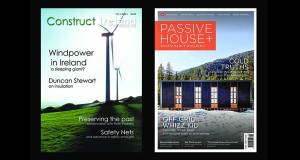 Podcast: what we've learned from 20 years in green building mags
Podcast: what we've learned from 20 years in green building mags -
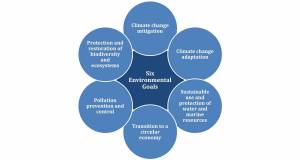 ESG: a game changer for sustainable building?
ESG: a game changer for sustainable building? -
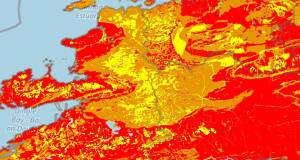 45,000 more Irish homes face radon risk, new maps reveal
45,000 more Irish homes face radon risk, new maps reveal -
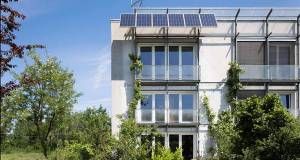 International passive house conference kicks off
International passive house conference kicks off -
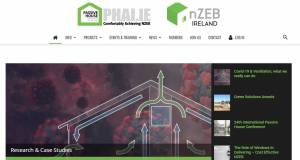 Why join the PHAI?
Why join the PHAI? -
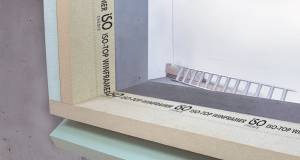 Iso Chemie Winframer gets BBA approval
Iso Chemie Winframer gets BBA approval -
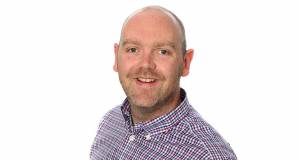 2020 feels pivotal for passive house - Barry McCarron, PHAI
2020 feels pivotal for passive house - Barry McCarron, PHAI -
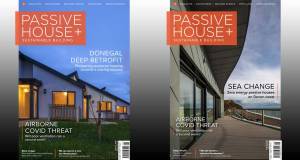 New issue of Passive House Plus free to read
New issue of Passive House Plus free to read -
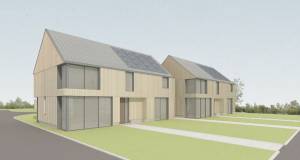 New Leeds developer goes passive
New Leeds developer goes passive -
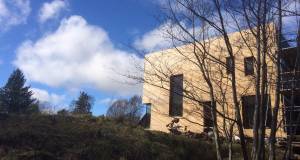 Passive houses open to public this November
Passive houses open to public this November -
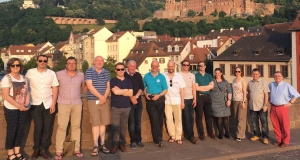 Irish study group visits Germany on energy efficiency tour
Irish study group visits Germany on energy efficiency tour -
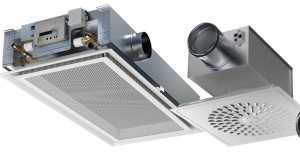 Swegon launches new WISE demand controlled ventilation system
Swegon launches new WISE demand controlled ventilation system

